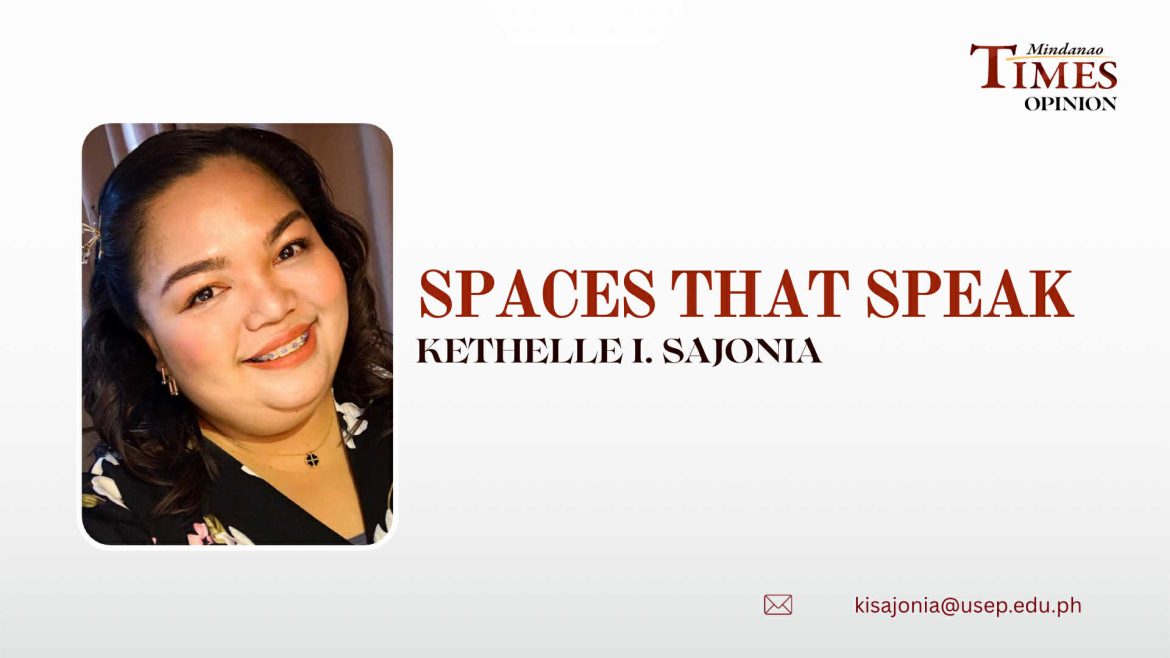WHEN WE walk through a city, we often notice what is beautiful: wide walkways, polished walls, bright lights, and manicured gardens. But what we rarely notice is what those spaces say about who belongs there. Every bench, doorway, or signboard tells a quiet story about inclusion or exclusion. Public spaces, in their design and accessibility, speak volumes about who we value and who we overlook.
Inclusion begins not in policy documents or social media campaigns but in the tangible spaces we move through every day. The steep stairs that make it impossible for persons with disabilities to enter a building, the cramped public transport that leaves plus-size commuters in discomfort, and the lack of breastfeeding areas for mothers are not mere inconveniences. They are silent messages, reminders that certain bodies, needs, and realities were never part of the design conversation.
Urban planners, architects, and policymakers often talk about “efficiency” and “aesthetics,” yet true beauty lies in empathy, in imagining the city through the eyes of someone who struggles to fit within its frames. A ramp, a wider seat, a gender-neutral restroom, or clear signage in local languages are not just physical adjustments. They are symbolic gestures that tell people: You are seen, you are considered, you belong.
As someone who studies communication and inclusion, I see public spaces as storytellers. They communicate values without uttering a word. They can uplift dignity or quietly diminish it. Inclusion, therefore, is not only a matter of access but of acknowledgment. It is about ensuring that every person, regardless of body type, ability, age, gender, or socioeconomic background, can see themselves reflected in the environment they inhabit.
In Mindanao, where diversity runs deep in our culture and communities, inclusive design must be a living conversation. Barangay halls, schools, and parks should mirror the richness of our people, from the elderly who need shade and rest stops to the youth who crave creativity and safe gathering spaces.
In the end, inclusion begins not with grand statements but with small, thoughtful spaces that speak kindness and equality. Because when we design for everyone, we build not just cities but communities that truly listen.
—————————————————————————————————————–
Kethelle I. Sajonia is a college instructor at the University of Southeastern Philippines, Mintal Campus. She is currently in the final phase of her Doctor of Communication degree at the University of the Philippines. Her research interests include inclusivity, education, communication, and social development. She actively engages in scholarly research and community-based initiatives that advocate for inclusive and transformative communication practices.



